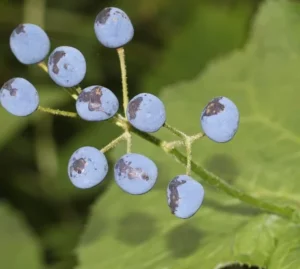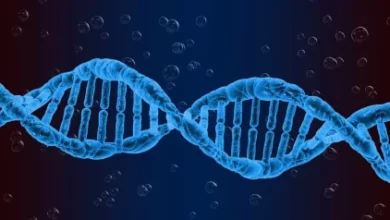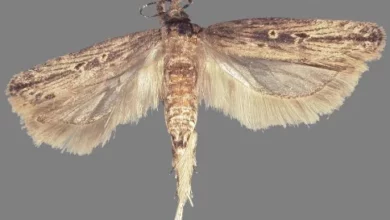Diphylleia grayi, the crystal flowers that turn transparent in the rain
Diphylleia grayi , can surprise you walking through places as far apart as the wooded, humid and cold areas of China and Japan and the Appalachian Mountains in the eastern United States.
If the day has been sunny you will find it white and radiant, a flower that resembles a poppy but actually belongs to the Berberidaceae family in the order of the Ranunculales. Its resemblance to the poppy is due to the fact that the Papaveraceae are also within this order.

On the other hand, if the day has been rainy you will find a strange crystal flower or also called a skeleton flower . A transparent flower in which only the ribs are appreciated, giving a magical and surprising appearance.
As descriptive data of this medium plant it stands out that its height is 30 to 70 cm. The flowering season is from May to July with the flowers about 2 cm in diameter at the end of the stem.
The fruit they produce is a berry one centimeter in size, blue in color, edible and with a sweet taste.
The cause behind the crystal flower of Diphylleia grayi
This change is not due to the modification of any pigment, although it may seem surprising, but is due to a purely physical property: the loss of cell structure in plant petals.
On sunny days, the air-liquid interface of the petals causes a diffuse reflectance, giving the petals their white appearance. On rainy days, the water enters the petals, creating a water-water interface that increases the transmission of light and therefore they become transparent. In this video you can see the effect of raindrops on flowers:
These discoveries that seem mere curiosities have possible practical applications , since these structures can be applied in the manufacture of underwater optical devices.
Crystal flower cultivation in gardening
It is a plant with a wide range of temperatures, between -7ºC of minimum and 30ºC of maximum, its fundamental limitation is given by the substrate and the light.
It requires slightly acidic pH soils with a pH between 5 and 6 with good drainage since it requires frequent watering, especially in summer, but without waterlogging the soil.
It does not require direct light of the only because the semi-shady locations with a special fertilizer in spring and summer for acidophilic plants.
At the end of the day, it is about emulating the conditions of a temperate-cold forest:
- a constantly moist soil but that does not puddle. In the temperate forest because well evolved soils with good drainage are usually found.
- little need for light since in natural conditions the forest canopy limits the arrival of sunlight, an excess of light is detrimental.




